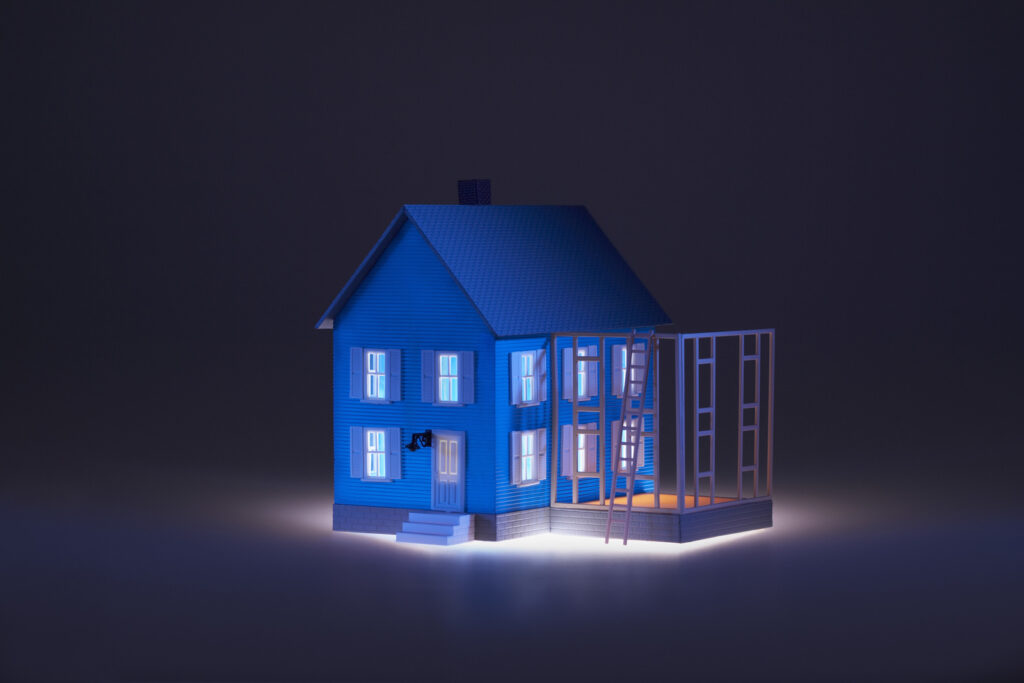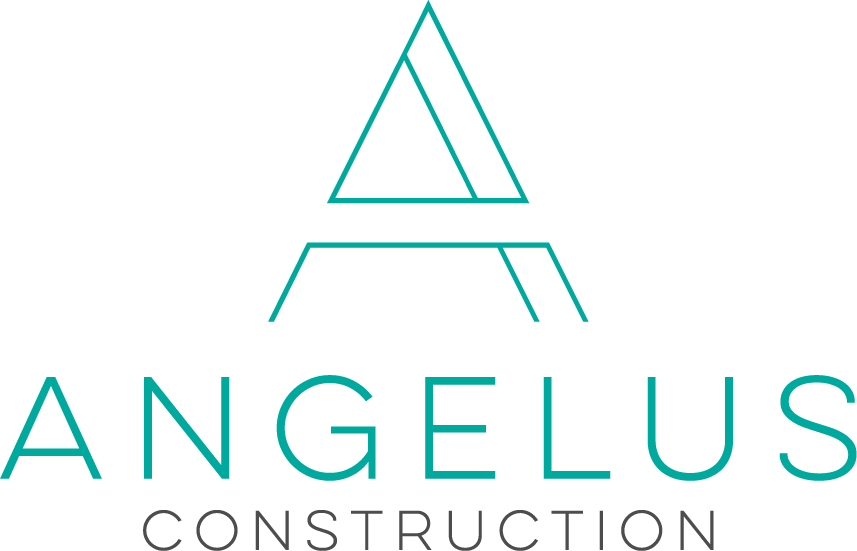Here in Los Angeles, property owners are very eager to add an accessory dwelling unit (ADU), most commonly to residential spaces. This trend to install an ADU is partially attributable to the hot real estate market that is experiencing high values and very low inventory. Building an ADU allows the property owner to achieve a high return on investment compared to the cost of building and the cost to acquire a similar asset in today’s white hot real estate market. With more markets in Los Angeles selling over $700 per sqft, it makes adding an ADU a great investment. In some markets the finished product is adding between $700 per sqft to north of $1000 per sqft. In other words, adding an ADU for at a cost of $100,000 to $250,000 can bring additional value of $300,000 to $900,000! Call us today to get a free consultation on cost and added value to your property. Also ask us about how we can help manage your ADU rental, making this investment stress free and simple!
What is an Accessory Dwelling Unit?
An accessory dwelling unit is a separate living unit built on the same property as the main residence. It is a single unit designed to include a bathroom, bedroom, dining area, veranda, or other living areas.
ADU units are generally designed as an addition to a home or apartment building and are sometimes seen as a separate unit within the home. These units can be builts using existing garage structures, building an addition to the existing property or building a new structure.
What is an ADU used for?

Many people use these units for a variety of purposes including, but not limited to: rental property, guest quarters, housing for elderly family members, housing for adult children and working from home office.
If you live in a single-family home, it is possible to include an accessory dwelling unit as part of a remodeling plan. Executing on the construction of an ADU has many moving parts and it is critical to higher a company experienced in the design, approval process and construction. Additionally, we can help manage your new rental unit for you!
Examples of Accessory Dwelling Unit Designs for Your Home
There are numerous kinds of ADU you can choose from when upgrading your house or property. The most basic construction and designs are detached, attached, or second-floor conversions.
Home Cottages
A home cottage is an outdoor living area that can be attached or detached from a house. Some of the more popular accessories for the backyard cottage include outdoor fireplaces and outdoor kitchens. Portable grills can also be added to the patio area for some extra cooking time. For an added touch of luxury, chairs or chaise lounges can be purchased to enjoy a beverage outside while appreciating the surroundings.
Garage Conversions
This is another one of the many ADU designs and conversions available today. A well done garage conversion gives you the feeling that the unit is brand new and a thoughtful continuation of the existing home.
Garage conversions can be made of two-layered floor plans to maximize the lot area: one is with a finished lower area that acts as the main living area with the kitchen, dining, comfort room, and a family room; and the other is adding a second floor for the bedrooms and bathrooms.
What is The Purpose of an Accessory Dwelling Unit?
You can take advantage of various types of accessory dwelling units for multiple reasons, from adding additional living space for your growing family or creating an additional source of monthly income by renting out the ADU, and even as a workshop for new hobbyists and artists.
Do You Need an Architect For an ADU?
It is important to get the right architect if you are building a fully-functional ADU on your property. There are many advantages of having an architect’s services including ease of city approvals, aesthetics and cost-effectiveness. These factors are essential and cannot be ignored, so it is vital to have the best ADU design from the start.

Architectural drawings are necessary for the construction process when getting an ADU approved and built. Suppose you choose to go with a non-experienced designer who does not have accurate blueprints detailed enough to understand and apply the essential construction factors correctly. This will cost you time and money, delays in approvals, added construction cost and delays in construction timelines. Having a full service ADU Design & Builder on your team makes the process smooth and efficient.
Does Adding an ADU Increase The Value of Your Property?
Adding an accessory dwelling unit to your house can significantly increase your residential property’s overall value in the real estate market. Since many people rent their apartments and homes daily, those who own their house with an accessory dwelling unit will reap the full benefits of having these additional living spaces.
Conclusively, an extra living space and house functionality will increase the marketable value of the property for short-term rentals and vacations while at the same time increasing the resale value of the house.
Takeaway: Is an ADU a Good Investment?
In Los Angeles building an ADU as an investment is a no brainer. Given the high value of properties in Los Angeles it makes perfect sense to build an ADU that increased the value of the home immediately. For example, lets say you convert a 400 sqft garage in Los Feliz neighborhood of Los Angeles at a cost of $150,000. That 1 bedroom ADU can bring you $2500-3200 a month in rent. That’s a 20-25% return on your investment!
ADU projects cost money upfront, but with the increase of property value and the monthly cash flow, the return of your investment is ultimately well worth the money and effort.
Do you have plans of adding an ADU to your property? Angelus Construction has innovative ADU designs and a customer-focused approach to delivering professional projects to valued clients. Visit us here and contact us for a free consultation on our premier services!




